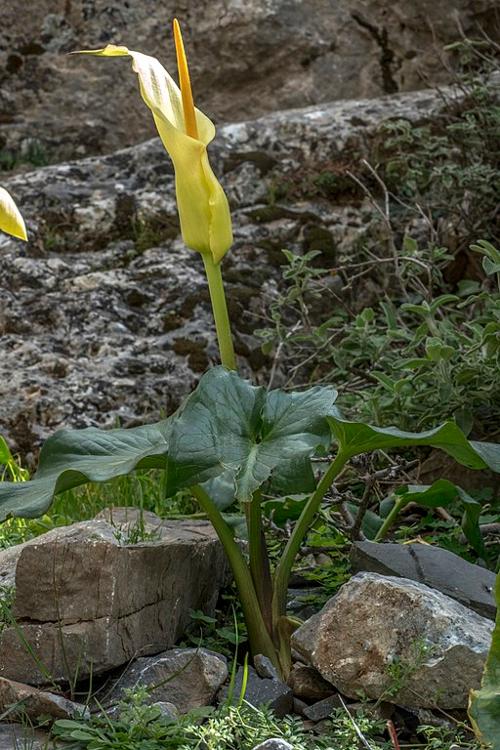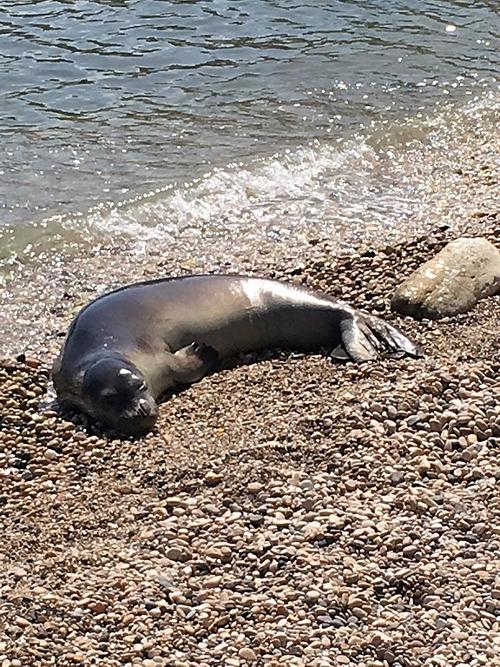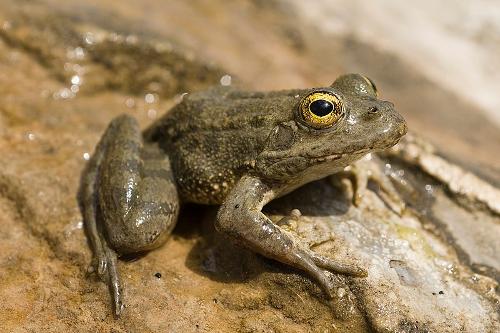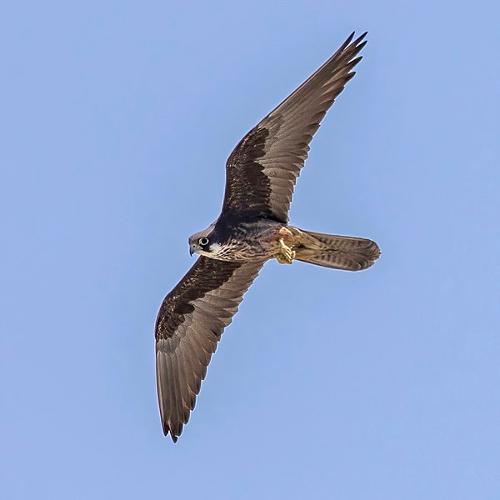KARPATHOS
Plants and Animals

Plants and Animals
Popular destinations GREECE
| Aegina | Alonissos | Andros |
| Chios | Corfu | Crete |
| Hydra | Kalymnos | Karpathos |
| Kefalonia | Kos | Lefkas |
| Lesbos | Mykonos | Naxos |
| Paros | Patmos | Peloponnese |
| Poros | Rhodes | Samos |
| Santorini | Skiathos | Skopelos |
| Spetses | Thasos | Zakynthos |
Plants and Animals
Plants
The Mediterranean climate of the Aegean islands has virtually frost-free, rainy winters and dry, hot summers. The main growth and flowering periods are therefore winter and spring, while summer is used by most plants and flowers for a 'summer sleep'.
 Arum Creticum, KarpathosPhoto: Jerzy Strzelecki CC 3.0 no changes made
Arum Creticum, KarpathosPhoto: Jerzy Strzelecki CC 3.0 no changes made
Karpathos belonged to one Aegean landmass millions of years ago, which broke into pieces about ten million years ago to form the present archipelago of islands. Sufficient geological evidence has been found to justify the conclusion that Karpathos as an island originated at least 5 million years ago. During that time, a number of endemic species have developed on Karpathos and neighbouring islands which are found nowhere else in the world and which had nothing to fear from any aggressive species from the Greek and Turkish mainland.
In general, Karpathos has a flora that is fairly similar to that of Crete, but there are significantly fewer similarities with Rhodes.
| Latin name | locations |
| Arum creticum | Karpathos, Crete |
| Campanula carpatha | Karpathos |
| Campanula laciniata | Astipalea, Folegandros, Karpathos,Crete |
| Campanula pinatzii | Karpathos |
| Carthamus rechingeri | Karpathos, Kassos, Saria |
| Centaurea aegialophila | Karpathos, Crete |
| Centaurea raphanina | Karpathos |
| Cephalaria squamiflora | Karpathos, Kassos, Saria |
| Cyclamen creticum | Karpathos, Crete |
| Cyclamen persicum | Karpathos |
| Cymbalaria microcalyx | Karpathos |
| Dianthus fruticosus | Karpathos |
| Filago eriosphaera | Karpathos |
| Lomelosia varlifolia | Karpathos, Rhodes, Simi |
| Nigella carpatha | Karpathos, Kassos, Saria |
| Ophrys aegaea | Karpathos, Kassos, Saria |
| Ophrys helios | Karpathos, Kassos, Saria |
| Origanum vetteri | Only on Mount Kali Limni on Karpathos |
| Paeonia clusii | Karpathos, Crete |
| Phlomis pichleri | Karpathos, Kassos, Saria |
| Ricotia isatoides | Karpathos |
| Silene ammophila | Karpathos, Kassos |
| Silene insularis | Only on Mount Kali Limni on Karpathos |
| Teucrium gracile | Karpathos |
| Usnea schadenbergiana | Karpathos |
| Viola heldreichii | Karpathos, Kos, Rhodes |
Animals
The Mediterranean monk seal or common monk seal is one of the rarest animals in the world, with only a few hundred individuals left. North of Karpathos around the islet of Saria live several dozen Mediterranean monk seals in a protected area.
 Monk Seal, KarpathosPhoto: Atsoukali CC 4.0 no changes made
Monk Seal, KarpathosPhoto: Atsoukali CC 4.0 no changes made
Greek endemic species of land invertebrates include gastropods such as Albinaria unicolor, a species of snail in the Clausiliidae family, Cecilioides spelaea, a species of snail in the Ferussaciidae family, Pyramidula chorismenostoma, a species of snail in the Pyramidulidae family, Vitrea clessini, a species of snail in the Pristilomatidae family and Zonites sariae, a species of snail in the Zonitidae family.
North Karpathos has a number of caves where interesting animals can be found, including Chaetophiloscia cellaria, a woodlouse from the Philosciidae family, Bathytropa granulata, a woodlouse from the Bathytropidae family and the endemic cricket species Discoptila kinzelbach. Near a cave at Olympos, the barn owl, the field shrew, the little griffon bat and the Savi's bat have been observed.
 Karpathos Lake FrogPhoto: Benny Trapp CC 3.0 no changes made
Karpathos Lake FrogPhoto: Benny Trapp CC 3.0 no changes made
The number of amphibian and reptile species on Karpathos is not very large, but there are some special species. For instance, the Aegean land salamander is only found worldwide on the islands of Karpathos, Saria, Kassos and Kastellorizo and the critically endangered Karpathos lake frog even only on Karpathos. Also to be found on Karpathos are the Naked Fingered Gecko, the European Chitlake, the Snake-eyed Chaffinch, the Pearl-faced Chaffinch, Grass Snake, Coluber jugularis and the Caspian Whipsnake.
As for birds, more than forty (migratory) species have been observed in the protected areas in the north of Karpathos, of which about half have a protected status, including the birds of prey, eagle, Eleonora's falcon, peregrine falcon and eagle buzzard. Birds that also breed on Karpathos are Adouin's Gull and the Asiatic Stone Partridge.
 Eleonora's Falcon, KarpathosPhoto: Charles J. Sharp CC 4.0 no changes made
Eleonora's Falcon, KarpathosPhoto: Charles J. Sharp CC 4.0 no changes made
Sources
Wikipedia
CIA - World Factbook
BBC - Country Profiles
Copyright: Team The World of Info